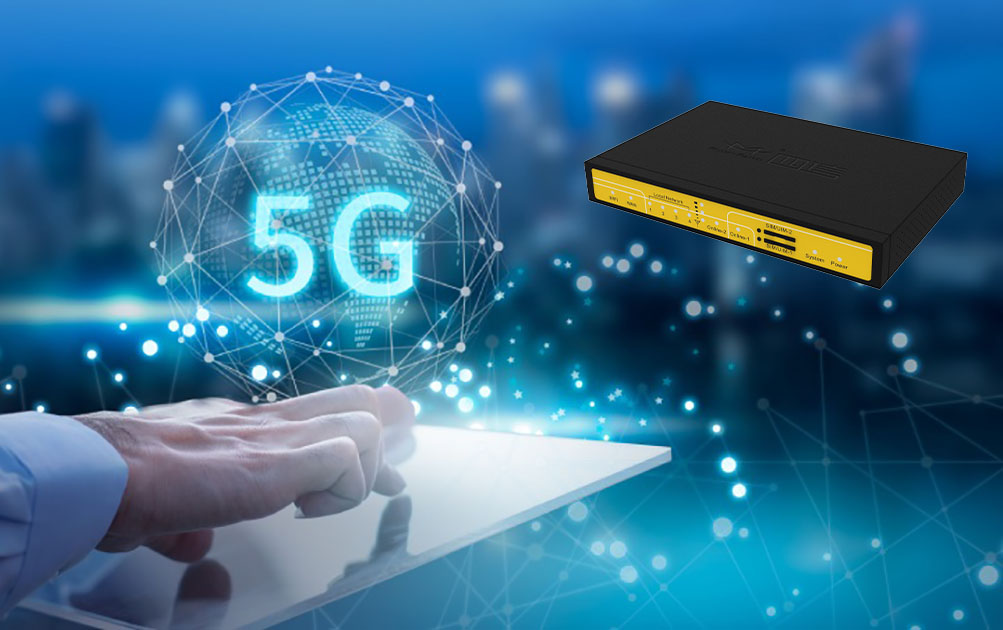Energy Internet of Things is an intelligent power-saving control system and model based on environmental and equipment perception and intelligent prediction of working conditions.
The basic principle of the energy Internet of things is to intelligently perceive the environment and equipment status, and achieve the purpose of effective power saving by adaptively regulating the power supply and working status of motors and lighting equipment. Key technologies include sensor network technology, general power-saving model library technology, intelligent human-computer interaction configuration technology, and power-saving control gateway technology.
1. Energy Internet of Things technology application background analysis:
Innovations in energy IoT technology include:
(1) Combining intelligent lighting with industrial energy conservation to provide a general integrated energy-saving solution for commercial buildings and industrial enterprises;
(2) Expert system technologies such as general power-saving model library enable the system to have precise power-saving control capabilities;
(3) Use the sensor network to collect lighting fixtures and industrial equipment information and environmental information;
(4) The energy-saving control gateway technology is used to combine the motor energy-saving technology such as frequency conversion with the sensor network, so that the energy-saving control can be unified on the same platform and can be linked with other low-voltage electrical appliances;
(5) The intelligent control is realized by the combination of software and hardware, and the system takes into account the advantages of flexible software configuration and fast hardware response;
Industrial energy consumption accounts for 67% of the total energy consumption of the whole society. The electricity consumption of many industrial productions in my country is about 10% higher than that of developed countries; the electricity consumption of lighting in my country accounts for about 12% of the total electricity consumption of the whole society. 40% to 50%, and the corresponding domestic market development space is about 350 billion, which is still in its infancy.
2. Energy Internet of Things Prospects
The energy industry has changed. The release of pressure control and independent innovation not only opens the door for the electric energy sales market to market competition among dealers, but also enables companies and homeowners to invest in their own electric energy production and storage system software. Distributed system assets like solar panels, heat pumps, and even batteries have long been very accessible and are improving every year.
This means that customers have more options than ever to consider their energy supply: the result is that more and more properties are connected to the Internet of Electricity Energy across the country. This type of blockchain technology has resulted in an increase in the diversity of practical operations. When distributed storage stores kinetic energy in the Internet, synchronization also becomes an element that must be considered and regulated.
This is all happening in a sales market that is moving at a very rapid rate towards clean energy production. The continuous improvement of energy supply, the brittle infrastructure construction and the work pressure released by management and control organizations and customers to control costs, improve service quality, save precious and relatively limited ecological resources and control air pollution have also created challenges for this sales market.
Such changes provide for an increasingly better balance between centralized and decentralized properties, so that they can be combined to create future virtual switching power system software. Therefore, for the energy industry, it is particularly important to choose new technology applications including Internet of Things (IoT) and blockchain technology to address this period of uncertainty and to be well prepared for the future.

